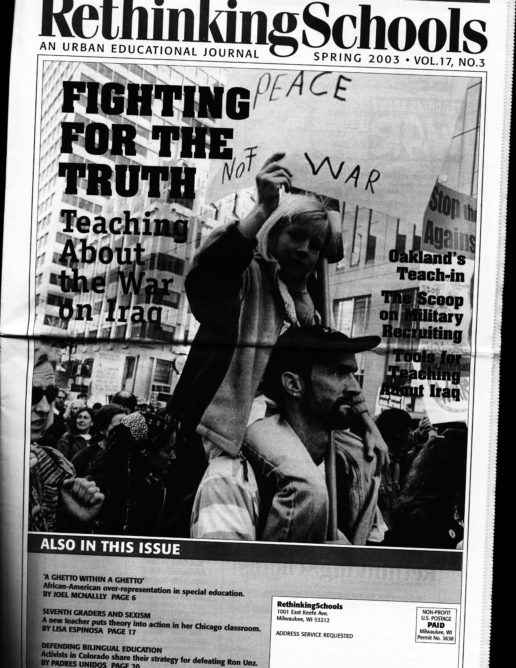Good Stuff 17.3
VOYAGING ACROSS CULTURES
Caravan to America: Living Arts of the Silk Road, Major, John S. and Belanus, Betty J. (forward by Yo-Yo Ma). (Chicago: Cricket Books/A Marcato Book, 2002).
Math and Science Across Cultures, Bazin, Maurice; Tamez, Modesto; and the Exploratorium Institute. (New York: The New Press, 2002).
Caravan to America is a beautifully illustrated book that focuses on the Silk Road, which extends from Japan to Italy and has existed for thousands of years. It was the trading route that brought pasta to Italy and gunpowder to Europe. But this book is not about the past, but about the people whose cultures have grown along the road and who are now in the United States enriching our culture. There are elegant, brilliantly illustrated portraits of, among others, a Peking Opera Performer, a Korean-American martial artist, a Tibetan artist-monk, a Turkman rug restorer, an Iranian-American cook, and an Armenian-American calligrapher. All of these people are currently living and working in the United States. It’s hard to resist the power of the cultural transformations that this book presents.
As a complement to this book, the San Francisco Exploratorium’s book Math and Science Across Cultures provides concrete and specific ways to practice mathematics and science as experienced traditionally and throughout the world. Among other well-designed curriculum units are complex southwestern African pattern-tracing problems, Mayan and Inca calculations, early Egyptian math challenges, and complex Native American weaving designs. The book also provides an appendix that aligns these wonderful lessons to the National Council of the Teachers of Mathematics Standards, which I find an obnoxious intrusion into sensible learning. The book is excellent, but how will we get the standards police off our backs? As I see it, the freedom to teach is becoming a major human-rights issue. And learning for the joy of it is practically unheard of these days.

